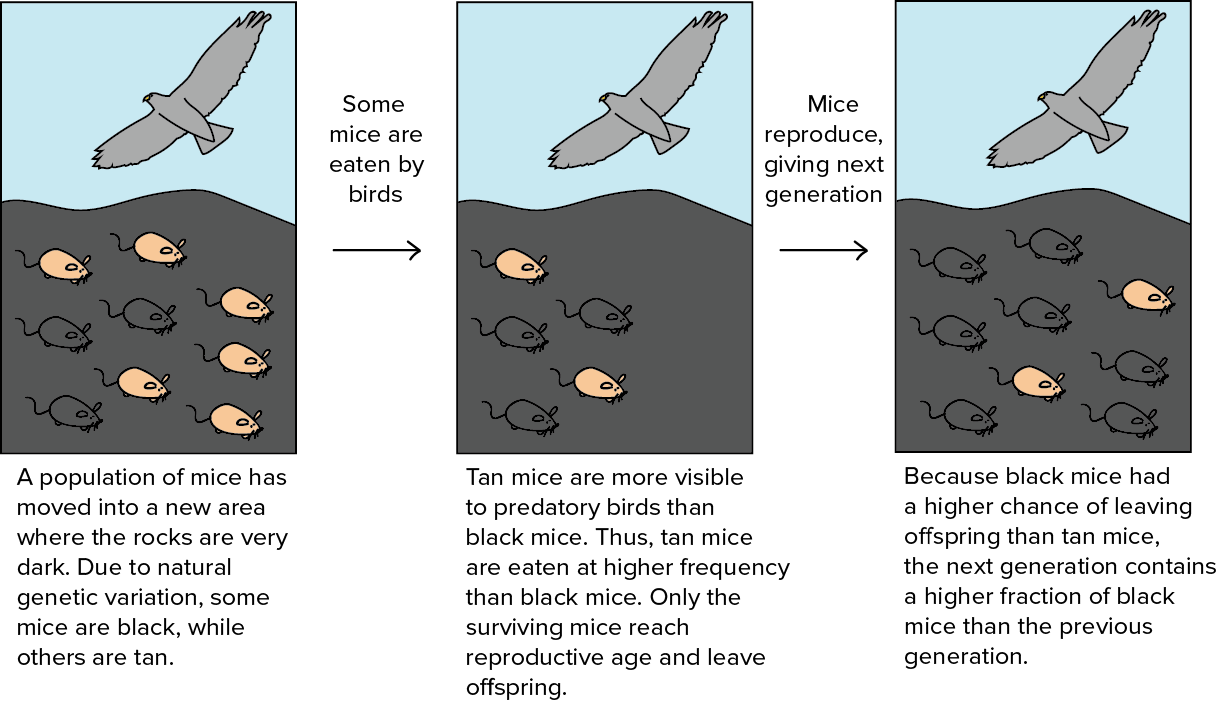Image Source:
https://prehistoricoregon.com/following-the-geological-timeline
Summary:
The Mesozoic era lasted from 251.0 mya to 65.5 mya. It was known as the age of reptiles. The Mesozoic era was divided into 3 periods. There was the Triassic period, the Jurassic period, and the Cretaceous period. The Mesozoic era had many unique life forms such as the first bird, the dinosaurs, etc. There was also unique geology, during this time the continents were arranged into the supercontinent known as Pangaea. As the Mesozoic era dragged along, Pangaea was slowly breaking up over the course for millions of years. Pangaea continued to break up through the Cenozoic era to how we see the continents today. But even to this day, the continents are still moving at a pace which is too slow to really notice.
Backward-Looking:
How much did you know about the subject before we started?
When we started this project, I didn't know much just about the age of the dinosaurs and the supercontinent Pangaea. Before I came to this school, I wasn't educated much about the history of the earth just some stuff in the area or stuff special to California. But otherwise, I never learned anything from 1st to 4th grades. When I came to this school, I never learned anything about this subject until 8th grade came along which is where I learned about the Mesozoic era and its diverse life, climate, and geology. But other than the 8th grade, I never learned anything about the Mesozoic era.
Inward-Looking:
How do you feel about this piece of work? What parts of it do you particularly like? Dislike? Why? What did/do you enjoy about this piece or work?
I felt good after we finished our time project because, thru lots of work and dedication, we turned our project into our own view and creative perspective on creating a project. I really liked chapter 3 and chapter 2. I had created chapter 3 with lots of writing and drawing and Joshua had created chapter 2 which was the best-looking chapter of all. I really disliked having to do all this work because I had spent about 3-4 hours making my page a reality. I really enjoyed making the whole project like drilling the hole through the pages so that it could open and close like a real book.
Outward-Looking:
What grade would you give it? Why?
I would give it a B. I would give it this grade because we were rushed while working on this project. This led to less color, pages that weren't aligned, and sloppiness on some pages. Because of this rush Evan never finished his chapter of the book so it was pretty frustrating and stressful to have such small time to finish the project.
Forward-Looking:
As you look at this piece, what's one thing that you would like to try to improve upon?
I would like to improve the quality of work for future projects. I would like to improve on that because the quality of work I had for the project wasn't very great considering it wasn't all colored by the time the due date came along. The writing also wasn't very good because I was in a rush to finish the project by the due date. If I could improve the quality of work for the next project then I will be set to make a better project than what I did last time.



